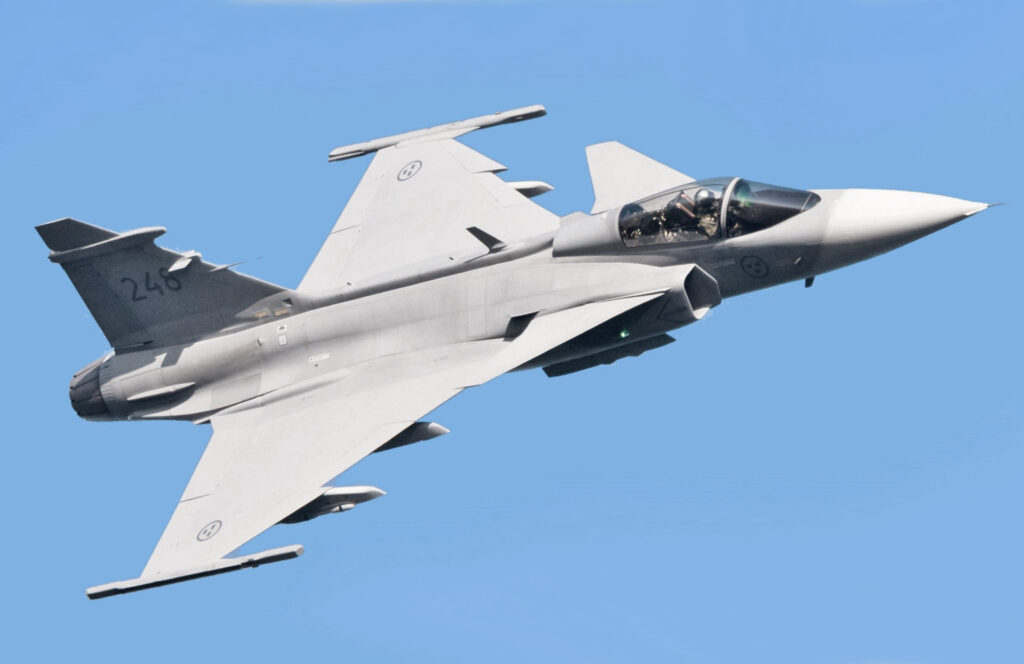In a significant step for its domestic aviation sector, Iran has commenced test certification flights for the Simorgh light transport aircraft. The initiative, reported at the end of October, aims to secure a Supplemental Type Certificate (STC) from the Civil Aviation Organization of Iran, a crucial milestone for the aircraft’s entry into service.
The Simorgh, named after a mythical bird in Persian folklore, represents a substantial redesign of the troubled IrAn-140 passenger plane. The project’s core involves converting the original model into a dedicated transport aircraft, underscoring Iran’s efforts to revitalize a legacy program amid ongoing international sanctions.

A Troubled Joint Venture: The IrAn-140 Legacy
The origins of the Simorgh trace back to a 1995 cooperative agreement between Iran and Ukraine. Valued at approximately $200 million, the contract centered on the licensed assembly of the Ukrainian An-140 passenger aircraft at the HESA plant in Shahinshahr. The project, dubbed IrAn-140, envisioned a gradual increase in production localization within Iran.
However, the venture was plagued by difficulties from its inception. By 2007, despite Iran having disbursed over $120 million to the Ukrainian partners, only four aircraft had been assembled domestically. The program suffered from escalating costs, delays in the supply of essential Ukrainian components, and reported payment disputes. The collaboration was effectively terminated in the early 2010s following the imposition of stringent Western sanctions against Iran, leaving the production target of 12 aircraft per year unfulfilled.
Compounding these industrial challenges was a concerning safety record. Between 2002 and 2014, three An-140/IrAn-140 aircraft were involved in fatal crashes in Iran. While investigative reports attributed two of the accidents to crew error, a 2014 crash was linked to an engine failure during takeoff. This incident precipitated a blanket grounding of the remaining IrAn-140 fleet, leaving airframes and components in a state of limbo at the HESA facility.
From Passenger to Freighter: The Birth of the Simorgh
Faced with a critical shortage of new aircraft and possessing the technical documentation from the original contract, Iranian aviation authorities made the strategic decision to repurpose the dormant program. Work began on a transport variant, conceptually similar to the Ukrainian An-140T, approximately 15 years ago. This project was later christened Simorgh.
The redesign process involved significant modifications to the original IrAn-140 airframe, most notably the incorporation of a rear cargo ramp to facilitate the loading and unloading of freight and equipment. After years of development, the Simorgh prototype successfully conducted its maiden flight on May 30, 2023. The subsequent factory trials are reported to have proceeded smoothly, paving the way for the current certification campaign.
The pursuit of a Supplemental Type Certificate is a mandatory regulatory step, confirming that the extensive modifications made to the base IrAn-140 design comply with stringent aviation safety standards. The certification process is anticipated to take approximately one year.
Strategic Implications and Future Challenges
Upon successful certification, Iran’s primary objective will be to utilize the existing stockpile of components and unfinished IrAn-140 airframes to assemble the initial batch of Simorgh transport aircraft. This approach allows for the rapid realization of an operational capability from a previously stranded investment.
Looking ahead, a key challenge for sustained production lies in the aircraft’s powerplant. The Simorgh is currently dependent on the TV3-117VMA-SBM1 turboprop engines manufactured by Ukraine’s Motor Sich company. While Iran is believed to possess a stock of these engines, this supply is finite. The question of a reliable, long-term engine solution will become increasingly pressing as production continues, testing the ingenuity and resourcefulness of Iran’s aerospace industry in the face of ongoing external constraints.
The Simorgh program exemplifies Iran’s determined, albeit challenging, pursuit of self-sufficiency in military and civilian transport aviation. Its progress will be closely watched as a barometer of the nation’s ability to overcome historical setbacks and technological hurdles.
Analysis by Yuriy Lyamin, Expert on the Iranian Military-Industrial Complex

